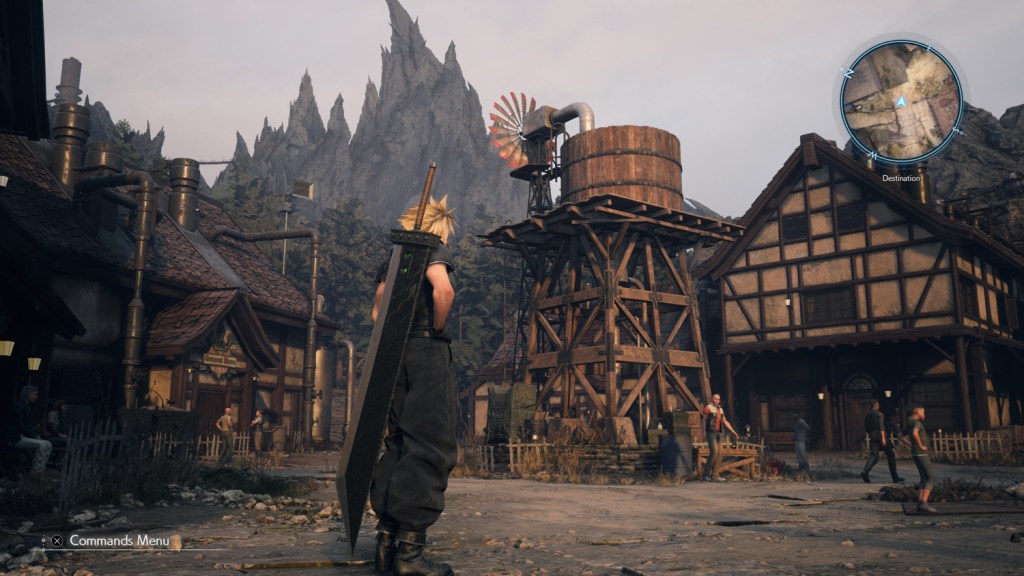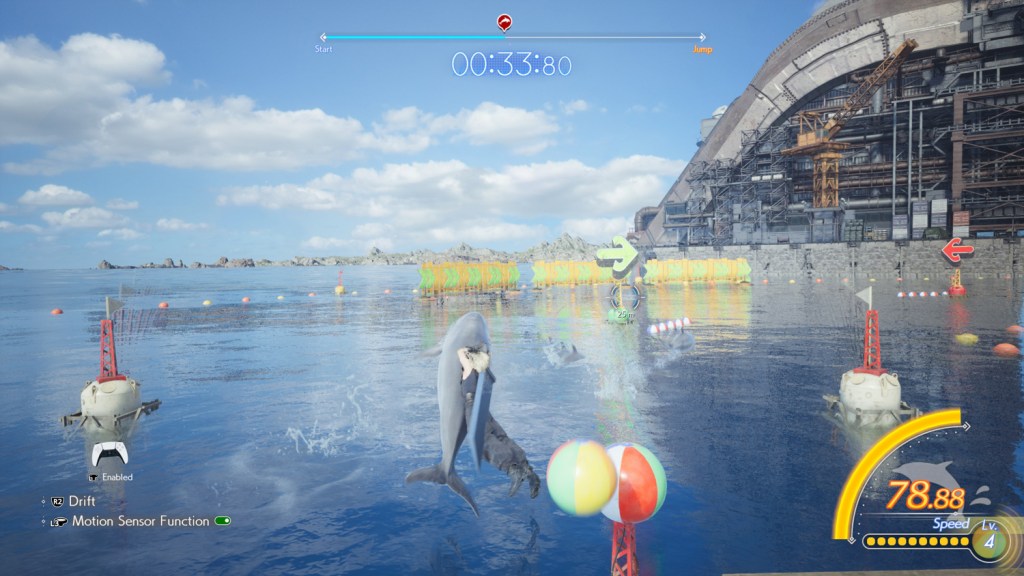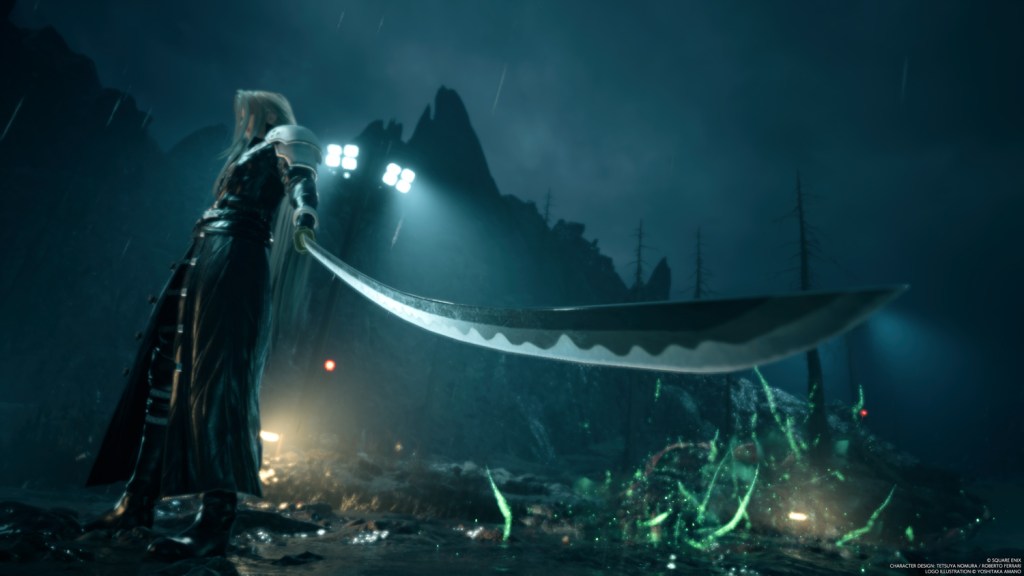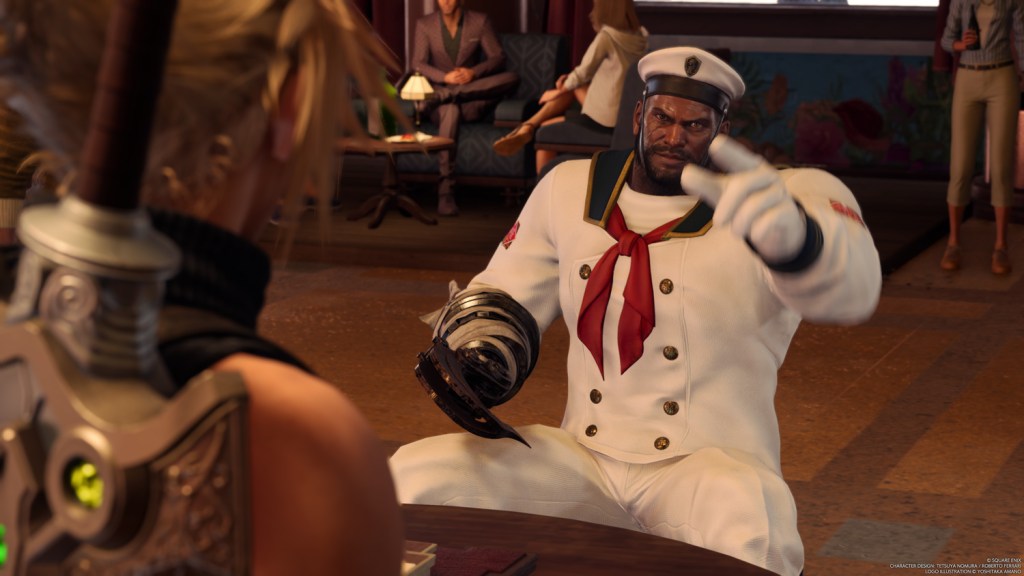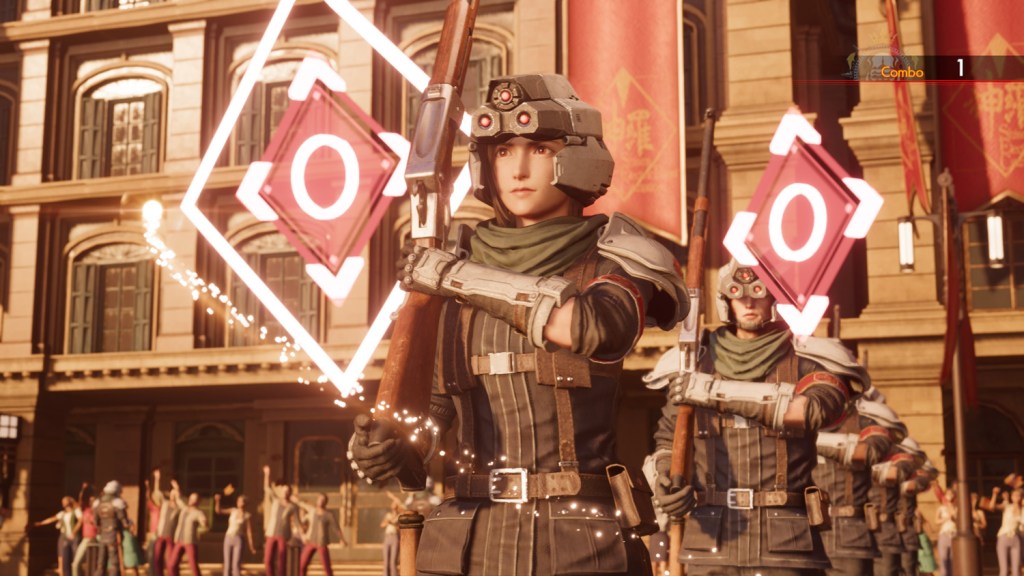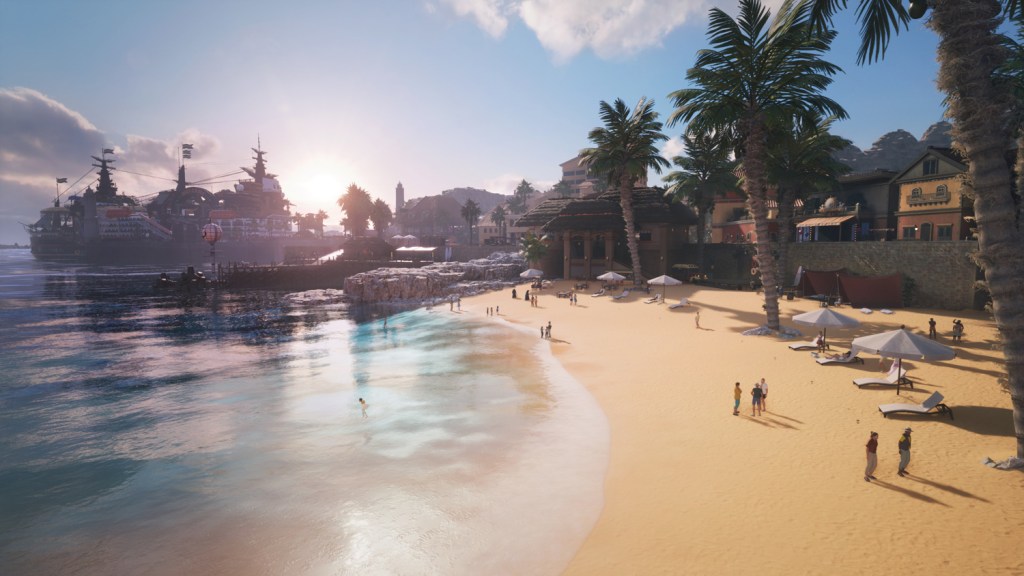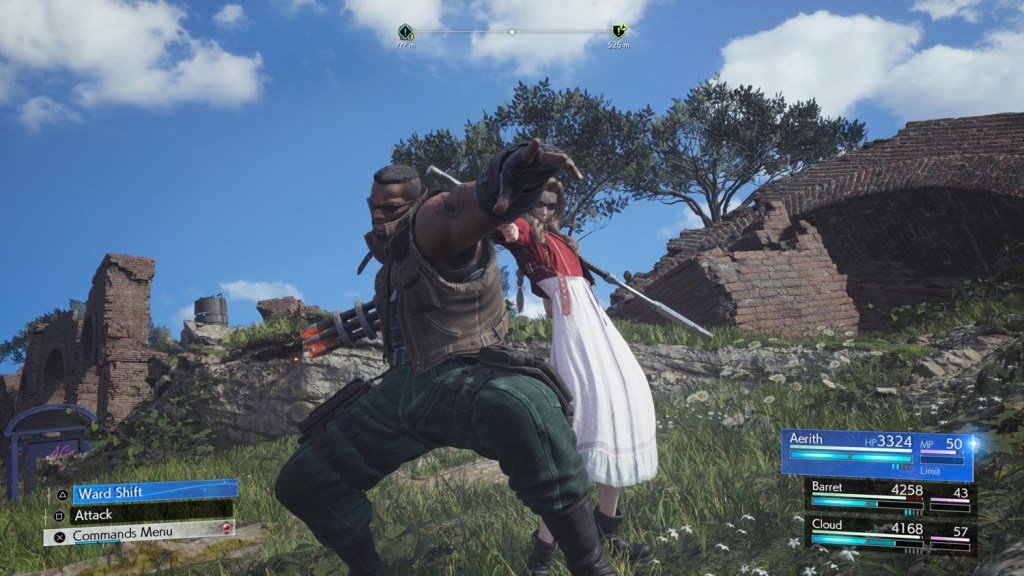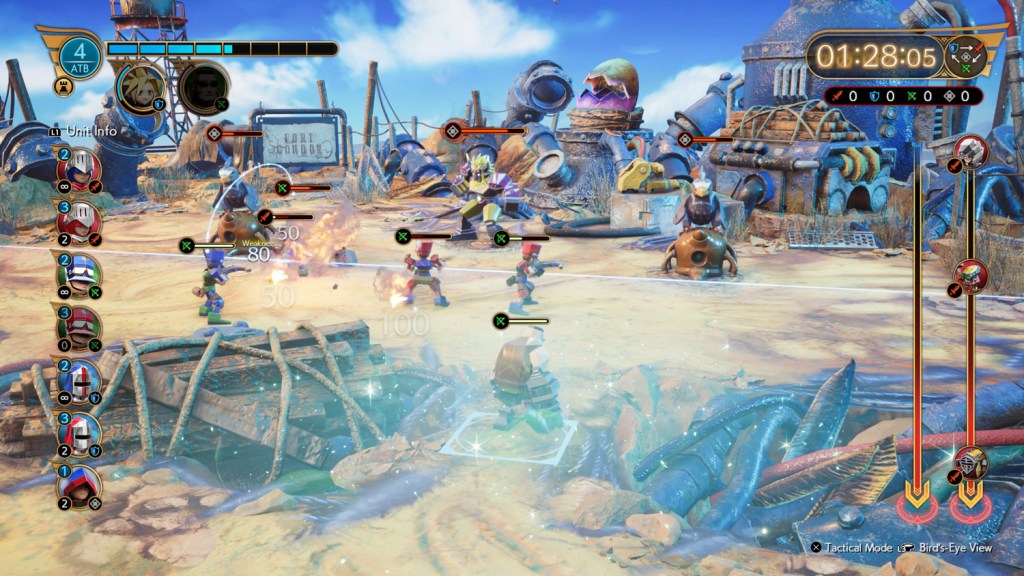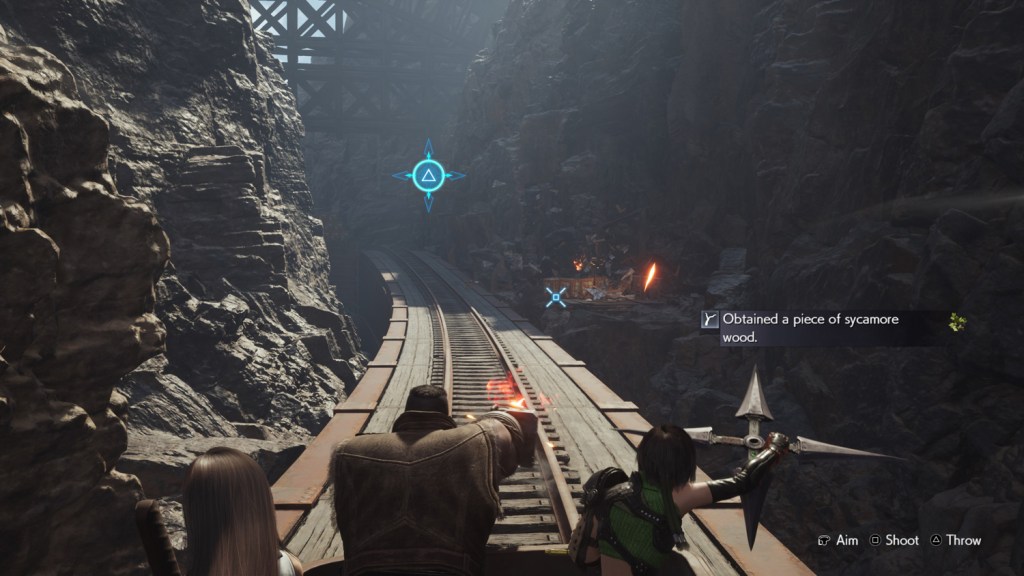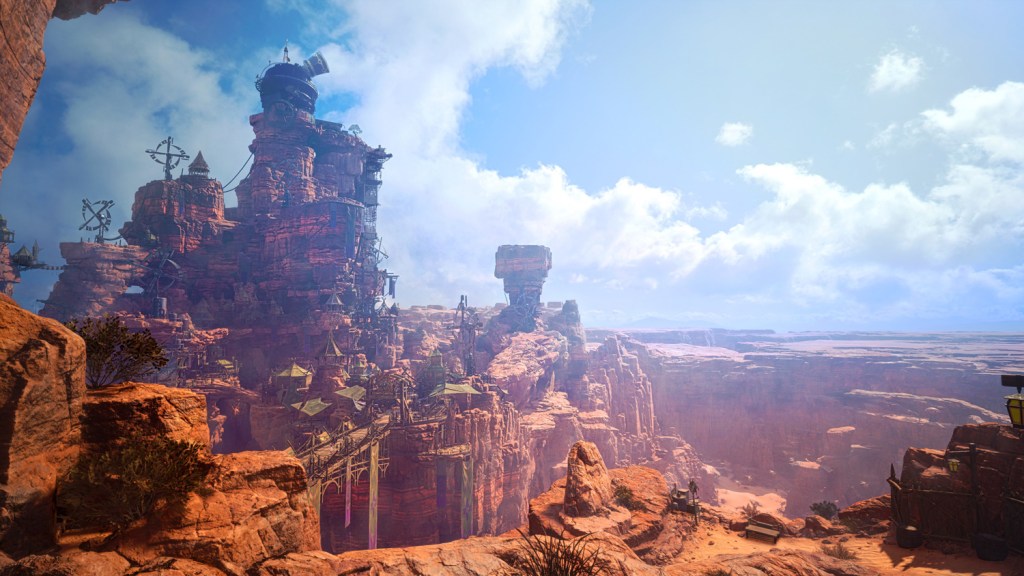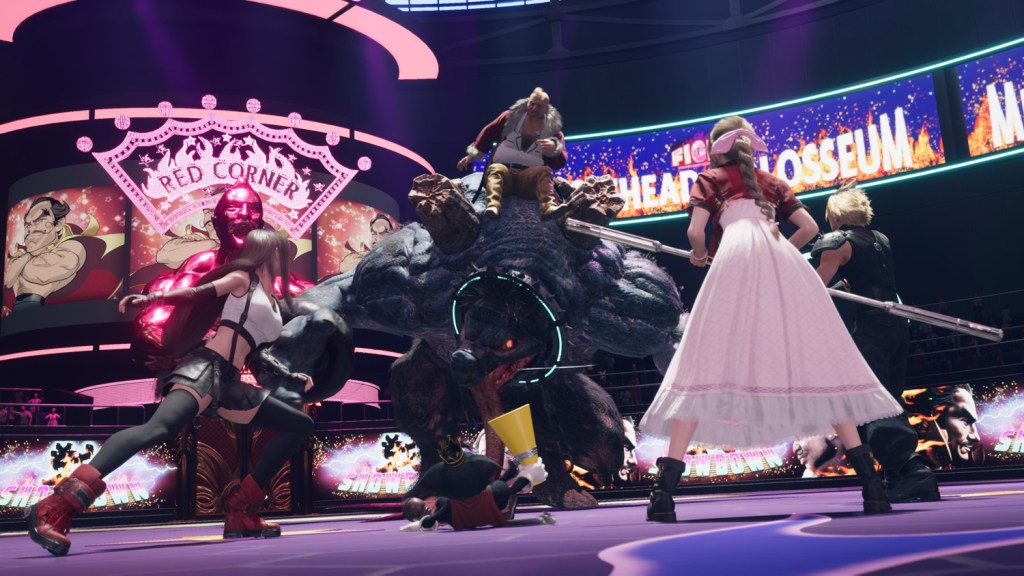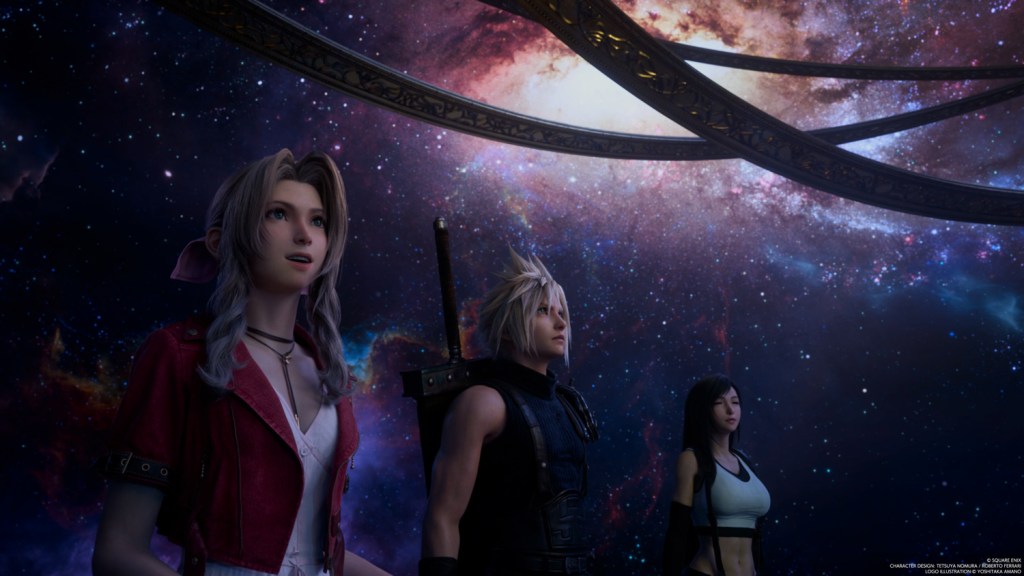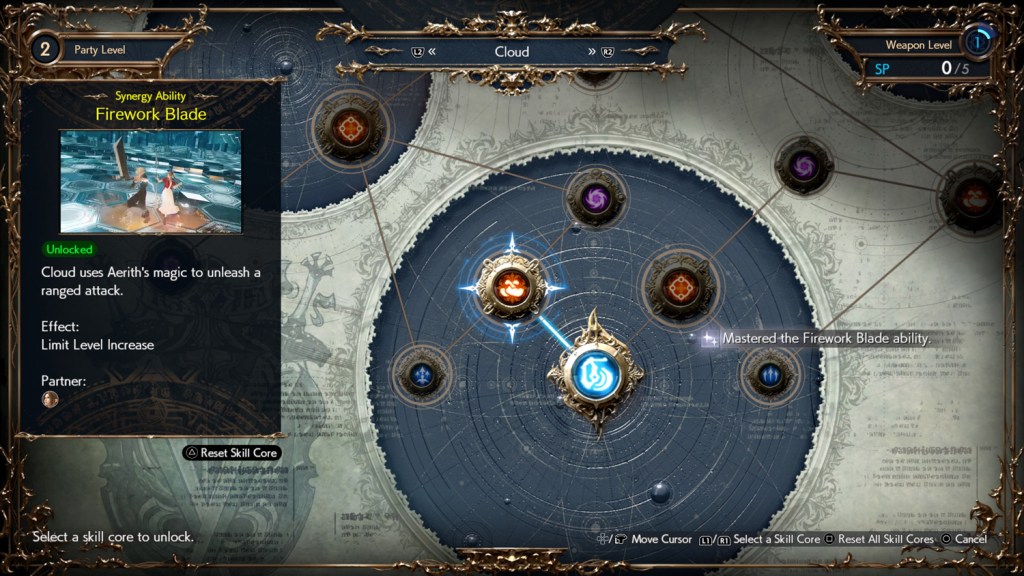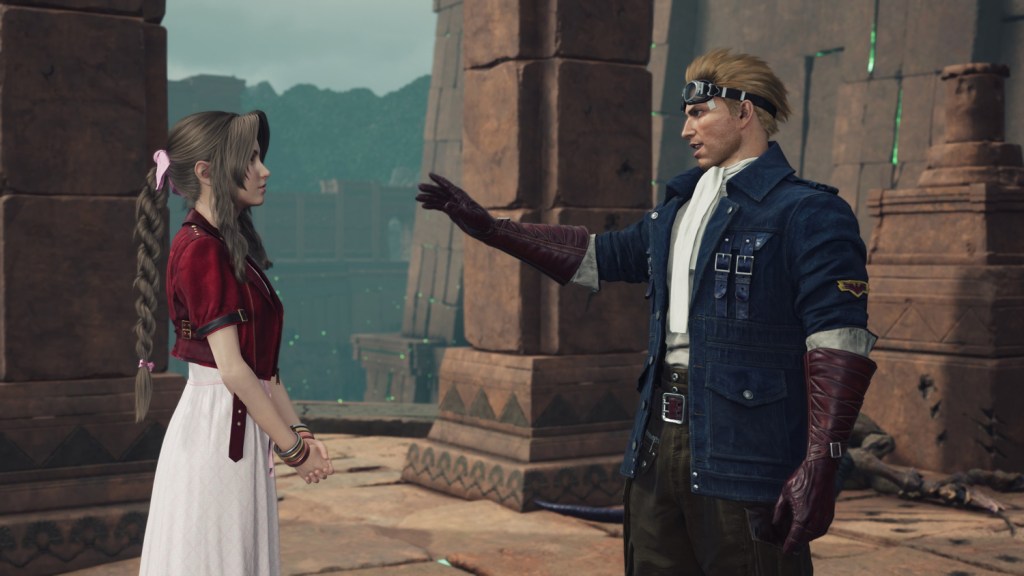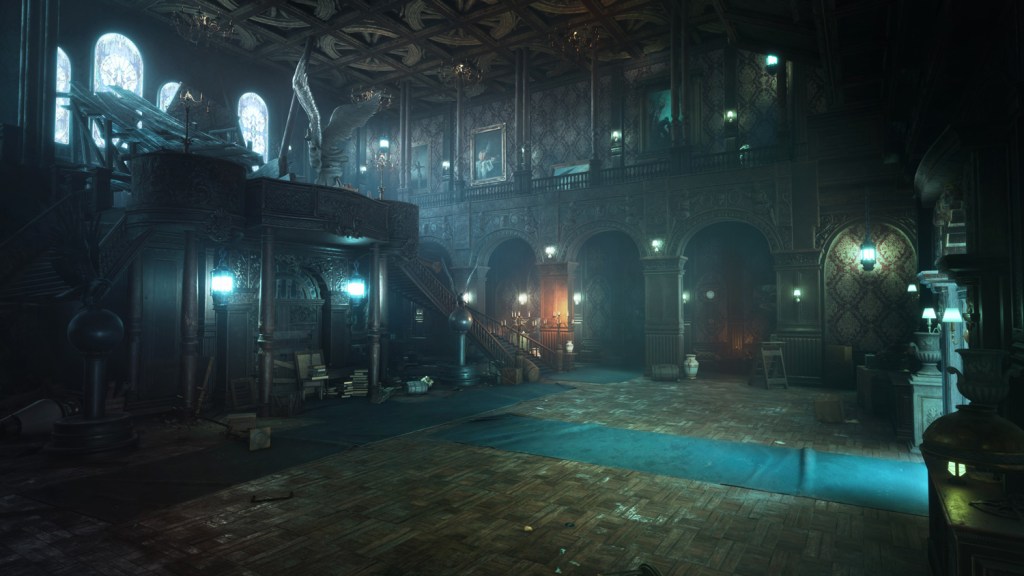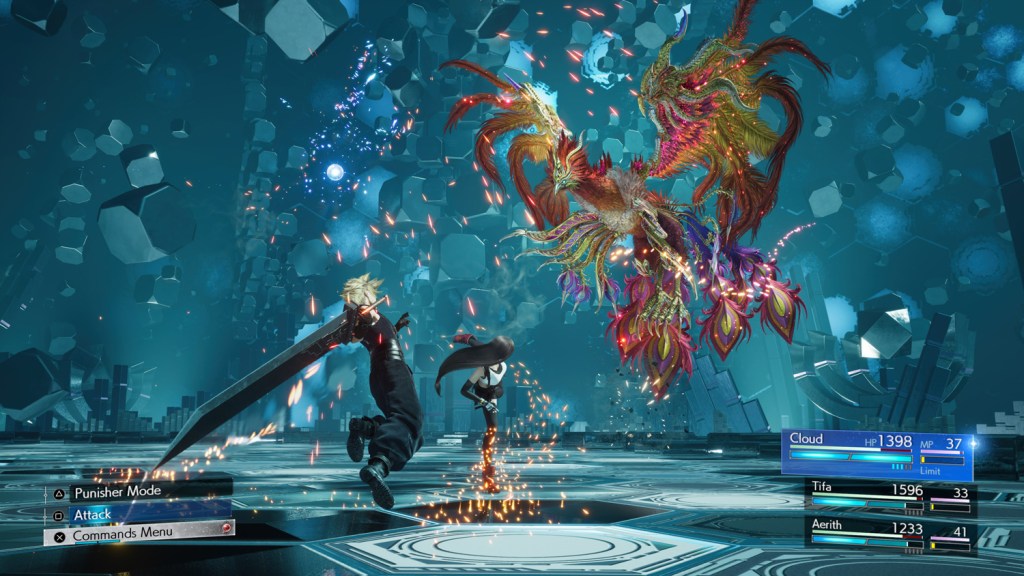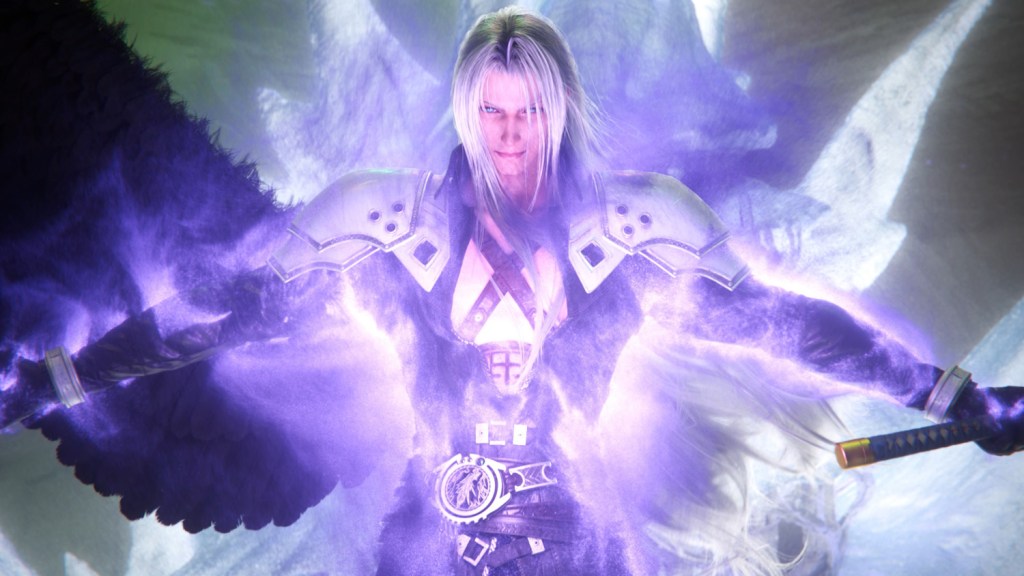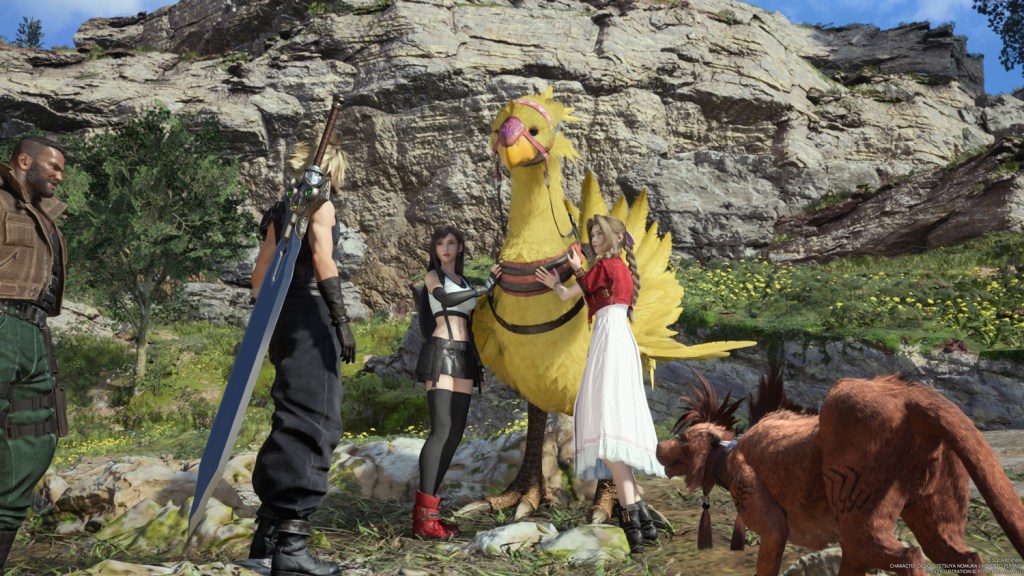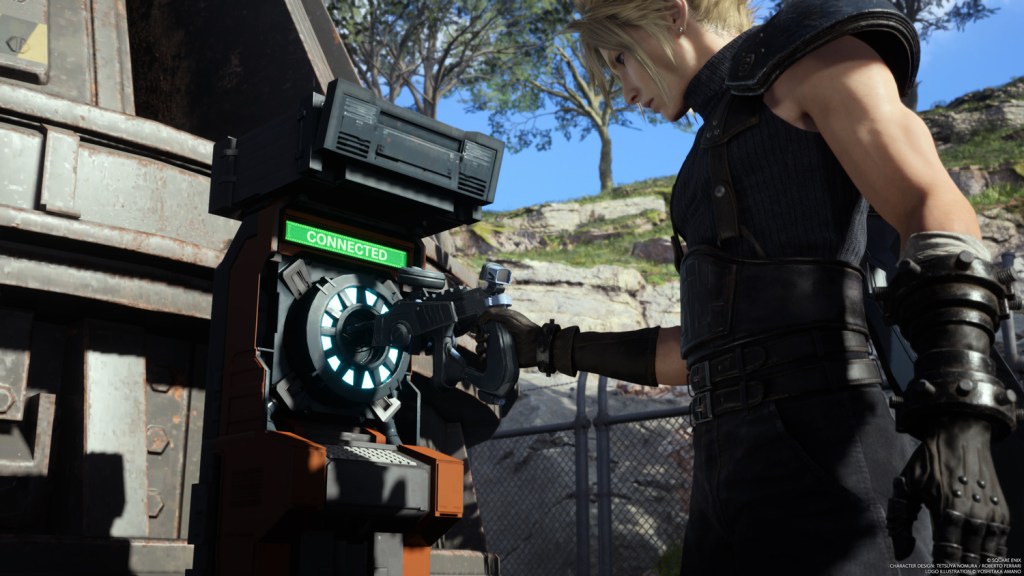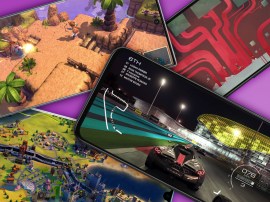Final Fantasy VII Rebirth review: not in Midgar anymore
The next part of Square Enix’s ambitious retelling of a role-playing classic goes big
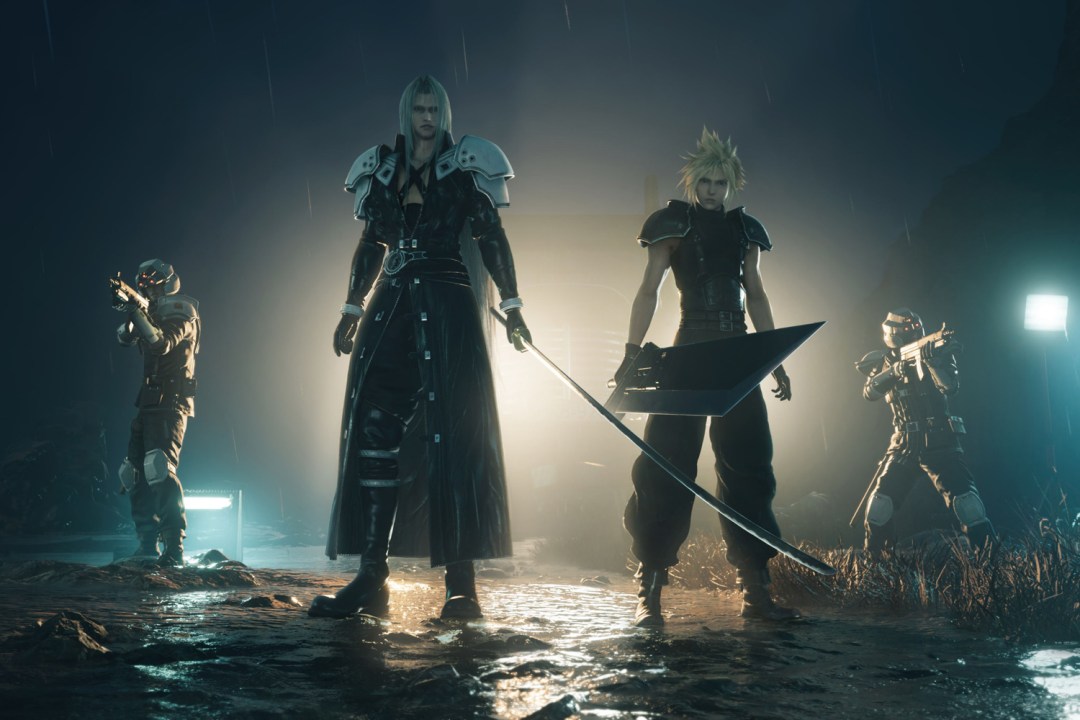
Stuff Verdict
A maximalist sequel remake that’s equally generous as it is indulgent, at the detriment of retelling of one of gaming’s most beloved tales.
Pros
- Fantastic combat and party mechanics
- Loads to do everywhere
- When classic story beats are faithfully realised
Cons
- Indulgent pacing
- New narrative and character elements
Introduction
Four years ago, Final Fantasy VII Remake raised the bar on what a console game remake could be. Square Enix’s remake of the PS1 classic PS1 that put Japanese RPGs on the map was so much more than a substantial lick of paint; it made controversial deviations from the original narrative as well as fleshing out briefer parts of the original.
In going from three PlayStation discs to an entire trilogy of games, this ambitious vision sets up a lot of nervous anticipation about how it approaches pivotal story moments. Right from the off, Final Fantasy VII Rebirth throws you into a scenario that didn’t happen in the original game. To take Dorothy’s line from The Wizard of Oz: we’re not in Midgar anymore. Does the gamble pay off?
Remaking the dream work
Rebirth’s story continues directly after the events of Final Fantasy VII Remake. Spiky-haired Cloud Strife and his friends search for the true villain Sephiroth, all while being pursued by the fascistic Shinra corporation and its lackeys. But this isn’t just an episodic instalment – which might disappoint anyone expecting their progress to carry over. There are bonuses for those with Remake save data, at least.
The solid foundations from Remake are still there, such as the excellent action-based battles inspired by the original’s Active Time Battle (ATB) system, where you charge up gauges to execute commands like magic, items and special attacks. Plenty of new systems are then layered on top, such as skill trees for each character and a new party level, separate from individual progression levels.
You’ve got more party members than before, so actually have to manage who gets to be in your group of three more frequently. Specific groups are still forced on you for certain story beats, making it impossible to overlook oddballs like talking dog/lion/wolf Red XIII or robotic cat Cait Sith. Switching between party members during real-time battles gets chaotic, and at times made me pine for the more singular precision of Final Fantasy XVI’s combat. Yet it’s made up by just how fun it is to control each character. Ninja thief Yuffie is a highlight, with a style that switches between elements and the ability to make copies of herself.
New synergy abilities unlocked through the skill trees let party members pair up for moves that don’t spend the ATB bar. Aerith for instance can get Cloud to be a bodyguard briefly so she can cast spells without being bothered, or Tifa can have a partner give her a boost so she can reach airborne enemies with her attacks. Some are as much of an eye-popping highlight as the Limit Break solo attacks, and really make you feel more like a team.
Because these require resources from the two relevant party members, it also encourages you to switch between characters instead of just controlling Cloud all the time.
Towering achievements
Considering how much Remake crammed in, the concern was how exactly would the wider world of Final Fantasy VII look? Surely, it would be impossible to realise it with the same scope and detail. And yet by some miracle, that’s what Rebirth has basically done. This game is enormous, hence the mammoth 145GB install size on PlayStation 5. Original locations like Cosmo Canyon, Junon and the Gold Saucer are all fleshed out, but so are their surrounding regions.
Some set paths limit your approach to certain areas, by way of cliff walls or yellow paint markings specifiying where you can climb, but it eventually opens to a genuinely seamless open world filled with things to do. It’s a much more satisfying one than previously attempted in Final Fantasy XV.
It does fall back on some open world tropes, such as towers in each region that can be activated to reveal nearby quests and activities. A lot of these are optional; for modern audiences, this kind of busywork is a preferable grind to walking around the world map getting into random battles, as it was decades ago.
Rebirth rivals Like A Dragon: Infinite Wealth in terms of its many mini-games. And I’m not just talking about ones that crop up in the story, such as the military parade in Junon that’s more fleshed out than the original. There’s a brand new card battle game called Queen’s Blood, with cards to collect and challengers in pretty much every town you stop in. The Chocobo racing segment at the Gold Saucer has more events than it has any right to have.
The amount of content in this game, which makes it at least double the playtime of Remake, is frankly nuts. Heck, there’s even a mini-game that takes the mechanics from Final Fantasy XII’s Gambit system, which I can’t imagine anyone saw coming.
Long-winded fantasy
Can you have too much of a good thing, though? If it’s to the detriment of the story’s pacing, then yes. Remake’s fleshing out of the original game’s first five hours could be accused of padding, but it felt necessary to offer the experience of a standalone feature-length RPG. Rebirth by contrast has a lot more story beats and locations to cover, but has kept the maximalist approach. The trip through the Mythril Mine which was previously just a straightforward A to B is now a chapter-long dungeon with not one but two boss fights.
Rebirth is at its strongest when it faithfully recreates moments from the original game, such as the flashback to Nibelheim that perfectly realises Sephiroth’s villain origins. Barett and Red XIII’s episodic arcs also remain emotionally impactful. New characters first introduced in Remake however are less successful, and the contrivances to include them in this continuity isn’t just grating but also makes the world feel somehow smaller.
There are some fun new moments, such as how Costa Del Sol’s not just a small location you’re done with in 10 minutes but one the party spends a few hours on a beach holiday filled with mini-games while you ride around on a Segway. You also have to admire just how much the developer has endeavoured to please fans by integrating what had been originally optional locations and characters into the main story.
It’s also fine that there’s plenty of side-content for completionists, including some very challenging fights and a varied quest concerning mysterious artifacts called Protorelics. But when it comes to the main story, every dungeon feels like it could have been at least chopped down by half. Even if you don’t lose patience, you’ll probably lose the point of what it’s all been in service of.
This ultimately has an impact on the ending. I’m not about to spoil what was originally The Empire Strikes Back of video game spoilers, but even before you get there it’s already been diminished by an overlong, frustrating and divisive journey. How different it might be then if there had been an editor to keep Square Enix’s excesses in check.
Final Fantasy VII Rebirth Verdict
Final Fantasy VII Rebirth is something of a double-edged Buster Sword. On one hand, it greatly surpasses the vision that its predecessor had set out with remaking one of the most beloved games of all time. Not only are there many great new mechanics that complement the already solid foundations but it’s gone above and beyond to create a huge open world filled with plenty of callbacks and fanservice.
When it comes to retelling the story of Final Fantasy VII however, it buckles under the rabbitholes it’s created, compounded by needlessly long, indulgent pacing while new deviations and elements simply don’t hold a candle to the original. On this trajectory, its third and final part – Reunion, Revival, Requiem? – is probably unlikely to rein things in, but one can but dream for something a little simpler.
Stuff Says…
A maximalist sequel remake that’s equally generous as it is indulgent, at the detriment of retelling of one of gaming’s most beloved tales.
Pros
Fantastic combat and party mechanics
Loads to do everywhere
When classic story beats are faithfully realised
Cons
Indulgent pacing
New narrative and character elements
